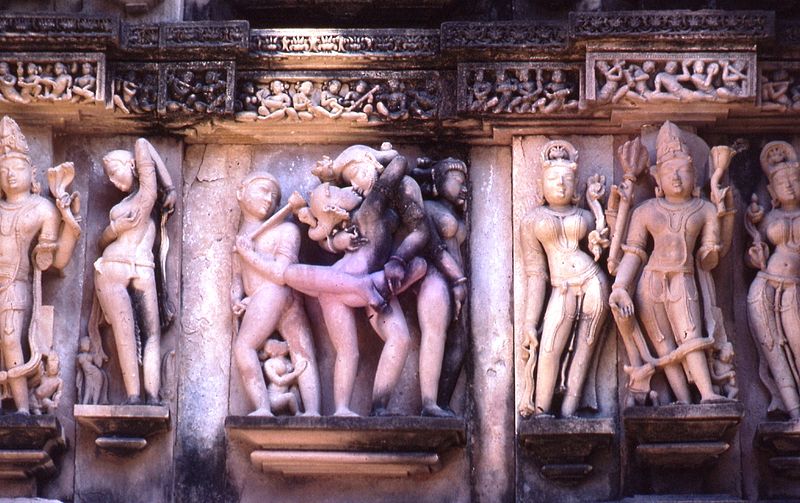Evocative fire chant;
.
'Robert Brown [8] notes that the term "tantrism" is a construct of Western scholarship, not a concept from the religious system itself. Tāntrikas (practitioners of Tantra) did not attempt to define Tantra as a whole; instead, the Tantric dimension of each South Asian religion had its own name:
- Tantric Shaivism was known to its practitioners as the Mantram'ārga. (Shiva Tantra)
- Shaktism is practically synonymous and parallel with Tantra, known to its native practitioners as "Kula marga" or "Kaula". (Goddess Tantra/Shakti Tantra)
- Tantric Buddhism has the indigenous name of the Vajra'yana. (Buddhist Tantra)
- Tantric Vaishnavism was known as the Pan'char'atra. (Vishnu Tantra)
"Tantra" denotes teachings and practices found in the scriptures known as tantras or āgamas; Āgamic is a synonymous adjective...'
Mantram denotes the chant, or "knowledge." Tantram denotes philosophy, or ritual actions. (as in Tantrum/ideology) Yantram denotes the means by which a person is expected to lead their life.'or guidence, a path.
***************
Panchamakara, also known as the Five Ms, is a Tantric term referring to the five substances used in a Tantric practice.
- madya (wine)
- māṃsa (meat) (to eat, non-vegetarian)
- matsya (fish)
- mudrā (parched grain) roasted
- maithuna (sexual intercourse) (or the exact opposite according to some)
In Tantra the world is Real.
'Since the world is seen as real (not illusory), this doctrine was an innovation on previous Indian philosophies (which saw the divine as transcendent and the world as illusion), [or more likely predates it]. The consequence of this view was that householders could aspire to spiritual liberation, where the lay practitioner addressed this goal by consulting Tantric manuals and undertaking various Tantric rituals.
Since Tantra dissolved the dichotomy between spiritual and mundane, practitioners could integrate their daily lives into their spiritual growth, seeking to realize the divine which is transcendent and immanent....'
So basically Tantra was more real and practical than deluded philosophys.
So far no mention of the Yoni which means Pussy. During the High Age of Civilization before the downgrading to barbarism, it is obvious Sexual Tantra and Kama was open and central, as shown at Khajuraho.
But as I say, that was a former era and Tantra was forced underground.
He'vaj'ra is the god-image avatar/thought-image of Tantra. Shown above in first image; often with many arms (12 being the highest level expression, but also 2 arms and 16). There are a variety of depictions; the above having 3 faces (main) instead of 4 (lesser image).




No comments:
Post a Comment